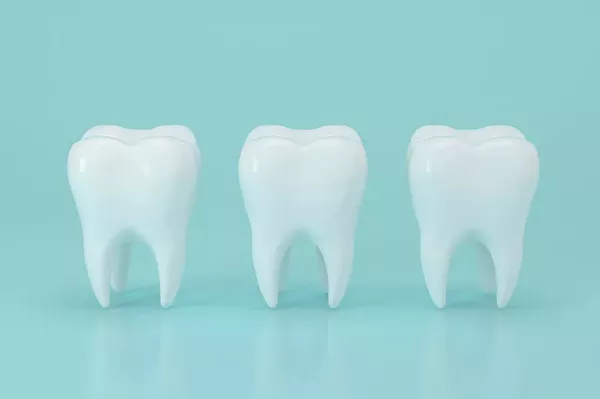In the world of oral health, gum disease stands as a persistent adversary, lurking beneath the surface and often striking without warning. It’s a condition that affects millions of people worldwide, making it crucial to understand the treatment options available. Deep cleaning, also known as scaling and root planing, is a vital tool in the fight against gum disease. In this article, we will delve into what deep cleaning for gum disease is, why it’s essential, and how it can help you regain your dental health.
Understanding Gum Disease
Before we embark on our journey into the world of deep cleaning, it’s imperative to grasp the fundamentals of gum disease. Periodontal disease, commonly referred to as gum disease, is a bacterial infection that attacks the tissues and bone supporting your teeth. It begins subtly, with symptoms like bleeding gums, bad breath, and gum recession. If left unchecked, it can progress to a severe stage, leading to tooth loss and more extensive health issues.
The Role of Oral Hygiene
The first step in combating gum disease is maintaining excellent oral hygiene. Regular brushing, flossing, and dental check-ups are your primary defenses. However, for those who find themselves battling more advanced stages of gum disease, deep cleaning can be a game-changer.
What is Deep Cleaning?
Scaling: Deep cleaning begins with scaling, a meticulous process in which a dental hygienist removes the tartar and plaque buildup from your teeth and below the gumline. This procedure often requires specialized instruments, such as ultrasonic scalers, to ensure a thorough clean.
The Importance of Scaling: Scaling is essential because it eliminates the root cause of gum disease – the accumulation of harmful bacteria in the form of plaque and tartar. Without proper scaling, these deposits can lead to more severe complications.
Data-backed Benefits: Studies have shown that scaling can reduce gum inflammation, improve gum health, and halt the progression of gum disease when performed regularly.
Root Planing: Following scaling, root planing takes center stage. This process involves smoothing the tooth’s root surfaces to discourage the reattachment of harmful bacteria. It’s an intricate procedure that ensures a clean slate for your gum’s healing process.
The Role of Root Planing: Root planing not only promotes gum reattachment but also aids in reducing the depth of gum pockets. Smoother roots make it challenging for bacteria to regain a foothold.
Patient Testimonials: Patients who undergo root planing often report a significant improvement in gum disease symptoms. This procedure is instrumental in preventing further deterioration.
The Deep Cleaning Process
Deep cleaning typically involves two sessions – one for each half of your mouth. Local anesthesia is often administered to ensure your comfort throughout the procedure. Your dental professional will focus on removing plaque, tartar, and diseased tissue during these sessions.
After Deep Cleaning
Post-deep cleaning, you’ll need to be vigilant about maintaining your dental health. Regular follow-up appointments with your dentist are essential to monitor your progress and ensure that gum disease doesn’t make a comeback.
Preventing Gum Disease
Oral Hygiene Routine: The best way to prevent gum disease is by maintaining a consistent oral hygiene routine. Brush at least twice a day, floss daily, and use an antiseptic mouthwash to keep harmful bacteria at bay.
Statistical Insights: Research suggests that individuals who adhere to a strict oral hygiene regimen are less likely to develop gum disease. In fact, they have a significantly lower risk of periodontitis.
Dental Check-ups: Regular dental check-ups are crucial for early detection of gum disease. Your dentist can spot the warning signs before they escalate into a more severe condition, making treatment less invasive and more effective.
Proactive Approach: Statistics indicate that individuals who visit their dentists for routine check-ups are more likely to catch gum disease in its early stages, minimizing the need for deep cleaning.
In conclusion, deep cleaning for gum disease, also known as scaling and root planing, is a potent weapon against this persistent oral health issue. It effectively removes the root causes of gum disease, promoting gum health and preventing its progression. When combined with a proactive approach to oral hygiene and regular dental check-ups, deep cleaning can help you maintain a healthy and vibrant smile. Your dental health is in your hands – take the first step towards gum disease prevention today.
Related Links:
Should you rinse out your mouth after using whitening strips?
What teeth whitening method works best?
Why are teeth whitening strips so expensive
































